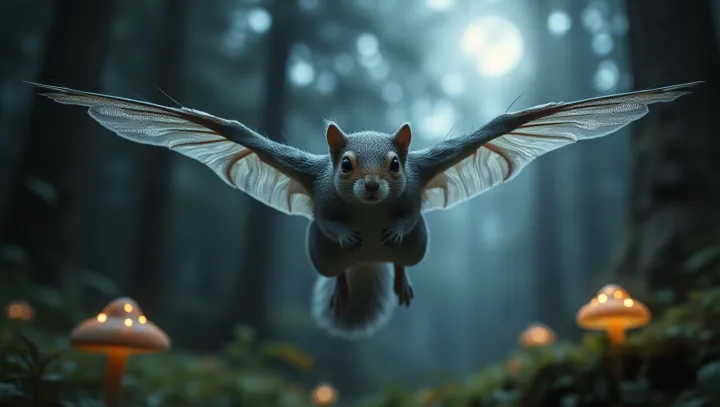Secret Lives of Flying Squirrels Unveiled

In the verdant forests of the Pacific Northwest, a unique mammal is captivating the attention of researchers. Flying squirrels, known for their remarkable gliding capabilities, are revealing more about their elusive world. These nocturnal creatures are not merely gliders; their navigation skills are an exemplary showcase of nature's ingenuity.
Recent studies conducted by experts at the University of Washington have highlighted the complex behaviors of flying squirrels. By utilizing high-tech tracking devices, researchers have been able to delve into the intricacies of their flight patterns. On average, these mammals can glide over 150 feet in a single leap, demonstrating astonishing precision and control.
Dr. Emily Turner, a leading researcher in mammalian studies, notes that understanding flying squirrels is crucial for insights into ecological dynamics and forest regeneration. 'These animals play significant roles in seed dispersal,' she remarks, emphasizing the indirect yet vital impact on forest ecosystems.
As deforestation and habitat degradation remain pressing global issues, the study of flying squirrels could contribute to broader conservation efforts. Their presence is an indicator of forest health, and protecting their habitats ensures the preservation of biodiversity. The findings underscore the importance of continuous exploration within our natural world.
As curiosity drives discovery, the flying squirrel remains a symbol of the secrets that still exist in our backyards. Observations of these creatures remind us of the delicate balance within ecosystems that science is only beginning to fully understand.
